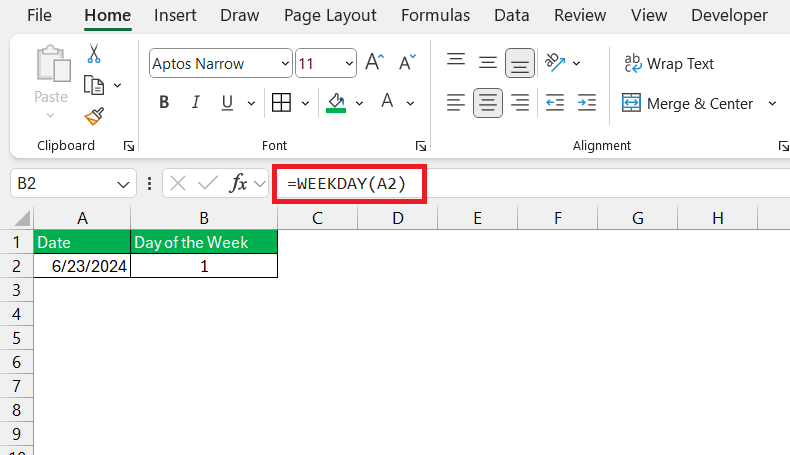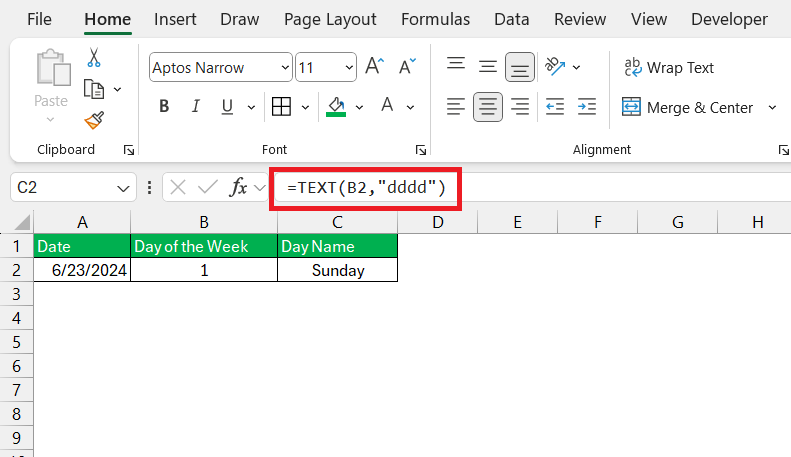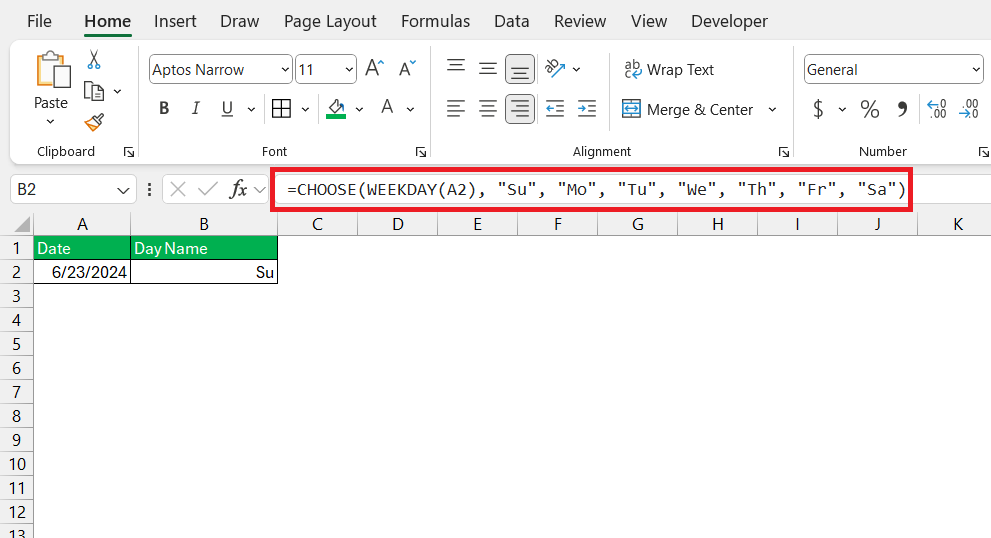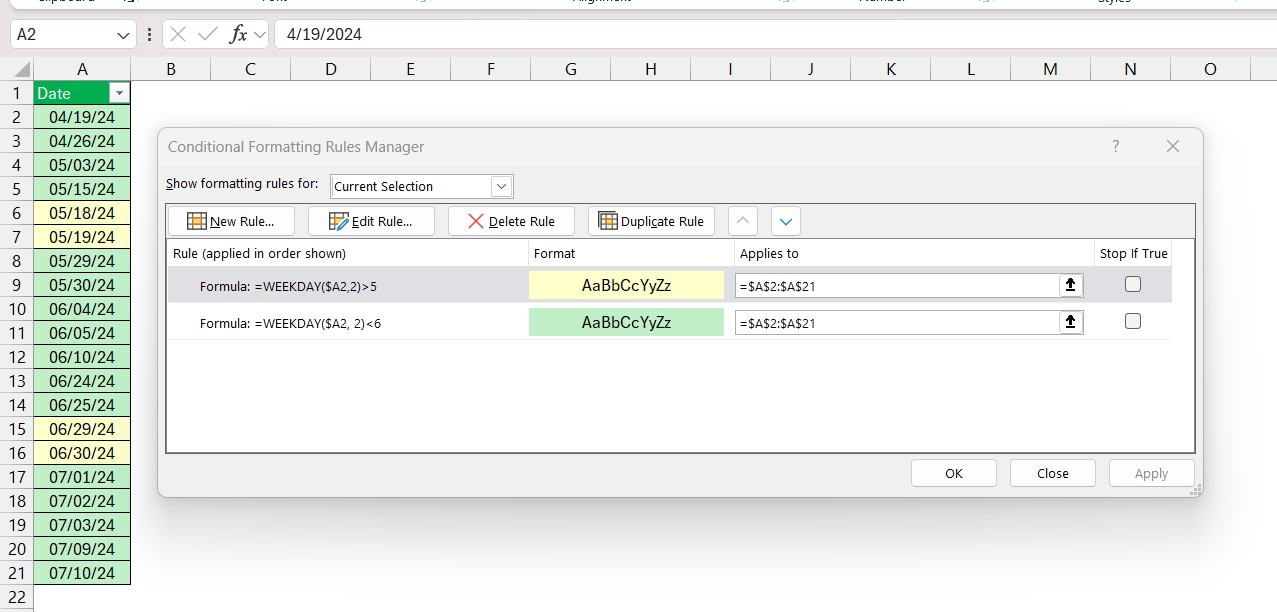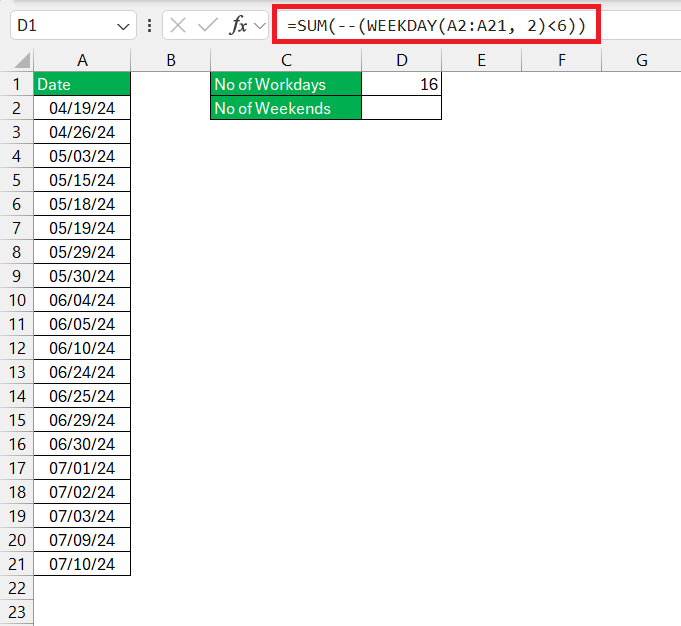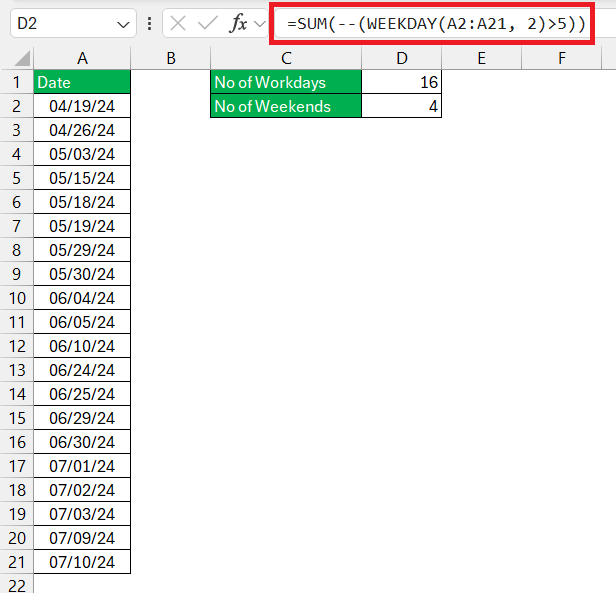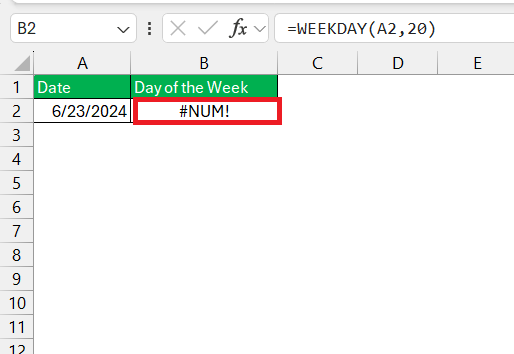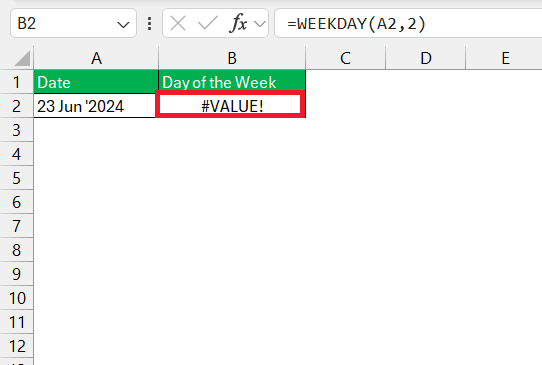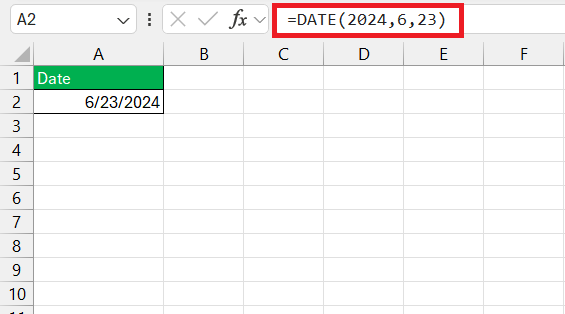In Microsoft Excel, the Day of Week formula is used to determine the specific day corresponding to a given date. This can be achieved using functions such as WEEKDAY, which returns a number representing the day of week for a particular date, or TEXT, which converts a date into a text string of the desired day name. These formulas are valuable for organizing data, scheduling tasks, and performing date-based calculations in spreadsheets.
Key Takeaways:
- The WEEKDAY function in Excel returns a number representing the day of week for a given date.
- The TEXT function can convert a date into the name of the day (e.g., “Monday” or “Mon”).
- These functions are essential for organizing data, scheduling tasks, and performing date-based analyses.
- Combining WEEKDAY with other Excel functions allows for customized displays and advanced date calculations.
- Highlighting weekends and counting workdays are practical applications that enhance project planning and data analysis.
Table of Contents
Introduction to Excel Day of Week Formulas
Importance of Analyzing Days in Data Analytics
Understanding the importance of specific days in your data analytics can significantly enhance the insights you gain. By analyzing activity based on the day of the week, you’re able to detect patterns and trends that daily aggregates may not reveal. For instance, you might uncover that sales spike on weekends or support tickets peak on Mondays, helping you allocate resources or adjust your strategy accordingly.
Overview of Excel Functions for Date and Time
Excel is equipped with a suite of functions designed to make working with dates and times a breeze. These functions include TODAY, NOW, DATE, TIME, YEAR, MONTH, DAY, HOUR, MINUTE, and SECOND. Each one serves a distinct purpose, allowing you to capture the current date and time, manipulate individual components of a date, or even perform complex calculations with ease.
Mastering WEEKDAY Function
Defining the WEEKDAY Function
The WEEKDAY Function is a nifty tool in Excel’s DATE and TIME suite that makes it a breeze to determine the day of week for any given date. What does it do? =WEEKDAY(A2)
It returns an integer from 1 to 7 that corresponds to a day of week, starting with Sunday. By default, 1 would represent Sunday and 7 would stand for Saturday.
This little function is incredibly handy when it comes to planning, scheduling, or conducting any form of date-related analysis. Whether it’s to identify the busiest weekday to staff your store or to filter out weekends while tracking working days, the WEEKDAY function has got you covered.
Displaying Day Names from Dates
To transform dates into day names in Excel, the TEXT function is your go-to. It’s as simple as specifying the date cell and the format (“dddd” for full day names or “ddd” for abbreviated ones). A quick formula could look like =TEXT(A2, "dddd"), which would instantly reveal the day of week for the date in cell A1.
Imagine visualizing your project timeline and at a glance, you’re able to see not just the dates but exactly which days of the week they land on. This can be a game-changer for scheduling meetings, planning posts for social media, or preparing reports that require day-specific analysis.
Customizing Weekday Abbreviations
Excel is not just about using predefined functions; it’s about customization that aligns with personal or corporate standards. A classic example is tailoring the way day names are displayed using the CHOOSE and WEEKDAY functions together. You define your abbreviations for days—be it two-letter codes or any other notation that suits your fancy.
The formula =CHOOSE(WEEKDAY(A2), "Su", "Mo", "Tu", "We", "Th", "Fr", "Sa") makes this magic happen, taking the date from cell A2 and spitting out a custom abbreviation for the day of the week.
It’s highly flexible, meaning you could even set it up to show non-standard abbreviations or even icons representing the days. This approach puts a personalized stamp on your data sheets, helping them resonate more with your intended audience or just making them more fun to work with.
Advanced Weekend Analysis Techniques
Identify Weekends and Highlight Them in Excel
Visual cues in Excel can be a real timesaver, and what better way to spot weekends at a glance than by highlighting them? You can use conditional formatting combined with the mighty WEEKDAY function to make weekends stand out.
Here’s a bit of Excel magic: by defining a rule with the formula =WEEKDAY($A2, 2)<6 for workdays or =WEEKDAY($A2, 2)<5 for weekends, you’ve essentially created a visual indicator. Apply color to these formatted cells, and voilà, your weekend dates are now distinguishable with ease.
This particularly shines when juggling project timelines, planning social media content, or managing staffing rotas. Instantly, with colors popping out at you, there’s no mistaking which dates fall on those precious Saturdays and Sundays.
Counting Weekends and Workdays for Project Planning
Keeping projects on track means being razor-sharp about timelines, which includes knowing exactly how many workdays you’ve got. Enter Excel’s superpowers: with a combination of SUM and WEEKDAY functions, you can count weekends and workdays with precision. Lay out a formula like =SUM(--(WEEKDAY(A1:A7, 2)<6)) for workdays
or, =SUM(--(WEEKDAY(A1:A7, 2)>5)) for weekends and it’ll tally up those days in a snap.
This technique is indispensable when setting milestones, estimating completion times, or planning out resource allocation. It’s one of those tricks that, once mastered, you’ll wonder how you ever managed without—transforming a potentially headache-inducing task into a few clicks.
Troubleshooting Common Issues
Solving WEEKDAY Function Errors
Stumbling upon errors when using the WEEKDAY function can be frustrating, but fear not—these hiccups are usually quick fixes. If you see a #NUM! error, it typically means that your return_type is outside the permitted range of 1-3 or 11-17 which dictates the starting day of the week.
Double-check and adjust this value to fit within these bounds, and you’ll be back on track.
Encountering a #VALUE! error? This likely indicates a non-numeric value where a numeric one is expected or a date that’s outside of Excel’s acceptable range (January 1, 1900, to December 31, 9999 in the Gregorian calendar).
Ensure that your dates are formatted correctly and fall within this range.
With these tweaks, you’ll have the WEEKDAY function humming along again, enabling smooth sailing through your date-related calculations.
Tips for Accurate Date Input and Conversion
For wrangling dates in Excel without a hitch, the accuracy of your input and conversion is key. To start off on the right foot, always ensure your dates are entered using the DATE function rather than typing them out. This ensures Excel correctly identifies them as dates and not text or other formats, which can lead to miscalculations.
Another golden rule is to stay mindful of the date format settings on your computer, which influence how Excel interprets your entries. If you’re in a region that uses DD/MM/YYYY but your settings are MM/DD/YYYY, your data will not only read incorrectly, but calculations will go awry.
For seamless conversions from text to dates, use the DATEVALUE function but keep an eye out for those regional settings. Applying these tips will keep your date-related functions, like WEEKDAY, functioning flawlessly and your data analysis spot on.
FAQs on Excel Day of Week Analysis
Is there a formula for day of week in Excel?
Yes, Excel offers the WEEKDAY function, which provides the day of the week corresponding to a particular date. By default, it will return a number from 1 (Sunday) to 7 (Saturday). You can use it simply by typing =WEEKDAY(date) in a cell, replacing date with your specific date cell reference or an actual date value.
What is the quickest way to find the day of the week from a date in Excel?
The quickest way is to use the TEXT function like this: =TEXT(date, "dddd"). Just replace date with the cell containing the date or the actual date. This will instantly return the full name of the day of the week.
How can I highlight only weekends in an Excel sheet?
To highlight only weekends, you can use Excel’s conditional formatting with a formula. Select the cells with dates, go to ‘Conditional Formatting’ on the Home tab, click ‘New Rule’, and select ‘Use a formula’. Enter =OR(WEEKDAY(your_cell)=1, WEEKDAY(your_cell)=7) and choose your formatting. This will highlight Saturdays and Sundays.
How to put weekday formula in Excel?
To put the WEEKDAY formula in Excel, click on a cell and type =WEEKDAY(A1) where A1 is the cell with the date. Press Enter, and Excel will display the day of the week as a number, with 1 for Sunday through 7 for Saturday by default.
How do you calculate the day from the week number in Excel?
To calculate the day from a week number, use the DATE and WEEKDAY functions together. You need a reference date, usually the year’s first day, and then add the week number minus 1, multiplied by 7, to get the right date, like so: =DATE(year, 1, 1) + (week_number-1)*7, replacing year and week_number with your values. Adjust the WEEKDAY function to get the exact day.
John Michaloudis is a former accountant and finance analyst at General Electric, a Microsoft MVP since 2020, an Amazon #1 bestselling author of 4 Microsoft Excel books and teacher of Microsoft Excel & Office over at his flagship MyExcelOnline Academy Online Course.

